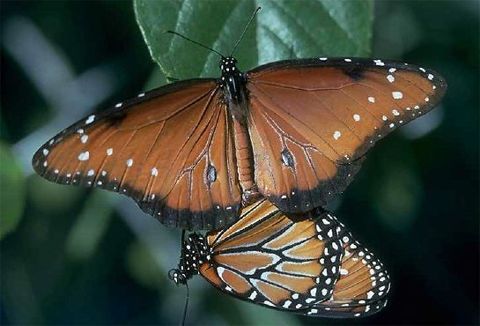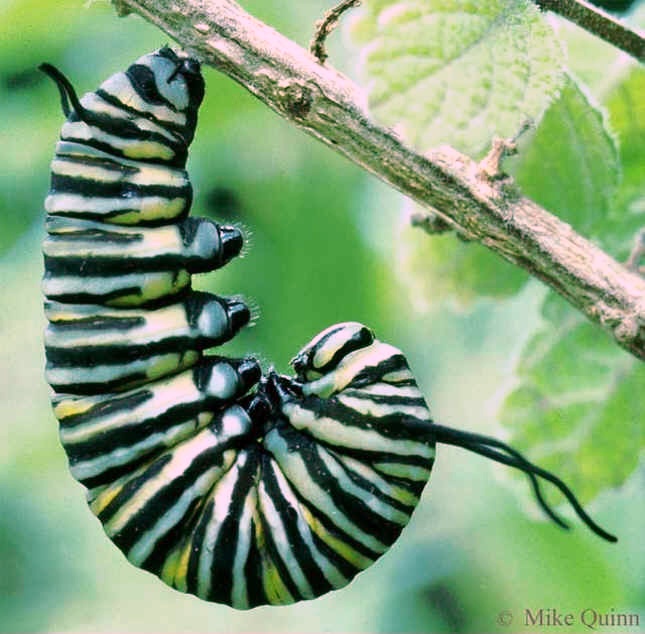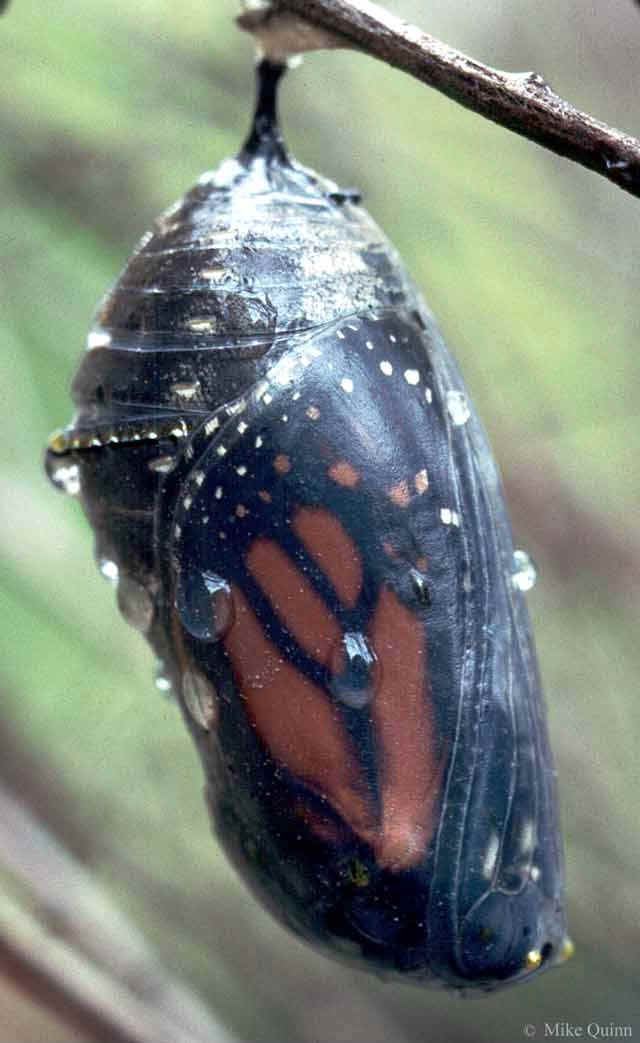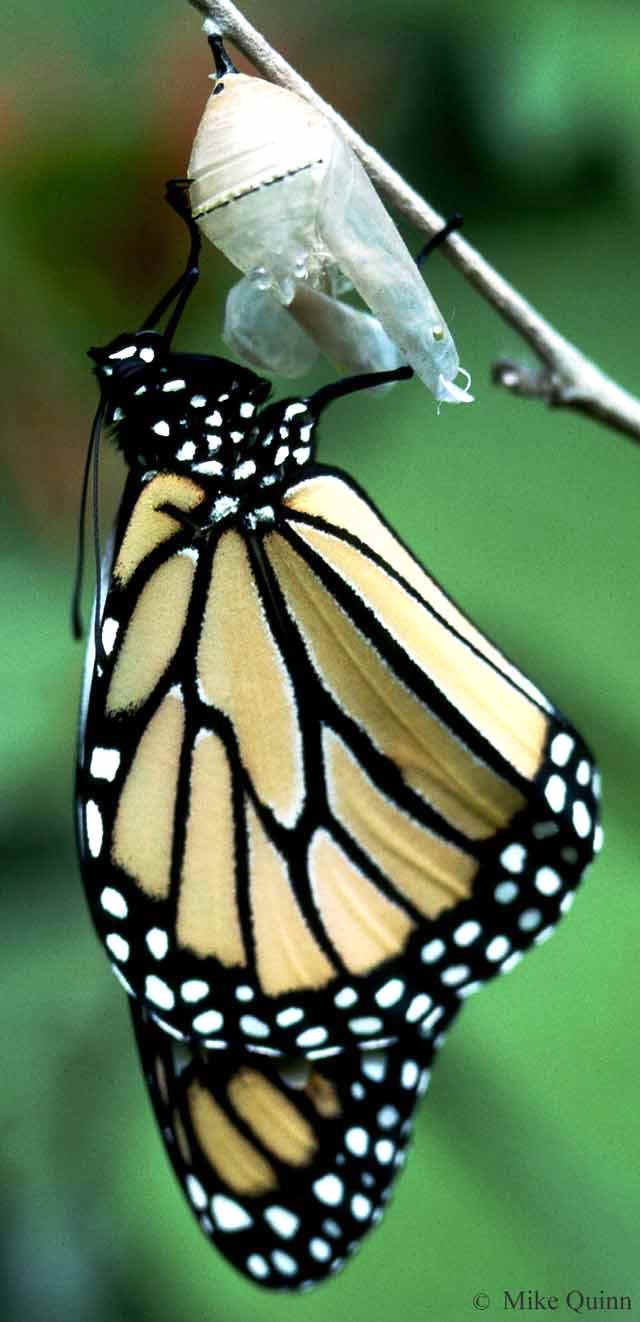Michael Andrew Quinn
Edu / Work / Webs / Early Yrs / RGV / Pubs / Contact
| |
Mike Quinn in the
UT Insect Collection, Austin, Texas
August, 2016
Education
2000 - Master of Science - Entomology - Texas A&M University, College Station. Thesis
1993 - Bachelor of Science - Wildlife and Fisheries Sciences - Texas A&M University, College Sta.
Work Experience
Select Work History:
Entomologist, Monarch Surveys, Texas A&M, Dept. Entomology, College Station, TX
Entomologist, Beetle Survey, Rio Grande Valley, Texas A&M, Dept. Entomology, College Station, TX
Entomologist, All Taxa Survey, Camp Maxey National Guard, University of Texas at Austin
Invertebrate Biologist, state-wide position with Texas Parks & Wildlife from 2000 to 2009
Park Ranger, Santa Ana NWR, Alamo, Hidalgo Co., TX
Entomologist, Texas AgriLIFE Research, Weslaco, TX
Botanist, Land Trend Condition Analysis (LCTA) Surpervisor, Ft. Huachuca, Sierra Vista, AZ
Graduate Student, TAMU, Dept of Entomology, College Station, TX
Ornithologist, Black-capped Vireo study, Kerr, TX and Wichita Mountains WMA, Lawton, OK
Ornithologist, Kirtland's Warbler study, Mio, Michigan
Quality Control Inspector, Texas Instruments, Austin
Photojournalist, The Branding Iron, University of Wyoming student newspaper, Laramie, WY
Select Websites:
Longhorn Beetles of Texas
Leaf Beetles of Texas
Metalic Wood-Bring Beetles of Texas
Beetle Collecting Techniques
See also 400 additional pages of content at Texas Entomology
In addition, I'm among the top five Contributing Editors at BugGuide where I have created over 1,500 Guide Pages and have posted photos of over a quarter of Texas' estimated 7,500 beetle species.
Early Career
|
|
|
After graduating from high school, I began pursuing a career in photojournalism in the early 1980's, but soon realized that many people don't particularly like having their picture taken. At the same time, I discovered that most insects are quite approachable with a camera. This discovery brought me back to my naturalist roots as I had grown up in a New Orleans suburb chasing abundant snakes, turtles, frogs, lizards and the like at what was then a burned down race track just to the north of our home.
 |
I found butterflies in particular to be both intriguing and fairly easy to photograph. Back then, butterflies were also one of the few groups of insects for which there is abundant species-level information in the popular literature. Starting in the late 1980's with Pyle's Audubon field guide, I began to pay close attention to butterflies.
After five years at Texas Instruments, I decided to go back to school to get a wildlife degree at Texas A&M as I was by then actively involved in birding/ornithology. During the summer months, I worked on the Kirtland's Warbler in Mio, Michigan and on the Black-capped Vireo in TX and OK.
While finishng my B.Sc. degree in wildlife, I was also volunteering to work on the Lepidoptera in Texas A&M's Insect
Collection. Just before graduating, an opening became available for a master's student to study the arthropods in the
Golden-cheeked Warbler's
breeding habitat. This research position combined my interestes in
ornithology, endangered species with my budding interest in entomology.
From that point forward, I became an entomolgist.
My connection to the Rio Grande Valley
My maternal grandparents arrived independently in the RGV from the mid-west circa 1920 and married shortly thereafter. My mother was literally born on the family dairy farm in 1932 just south of Rio Hondo in Cameron County. I've been visiting South Texas since the 1960's and have lived there periodically since the late 1970's. In addition to working on the Spear Dairy 365 days a year, I held employment at the Texas AgriLIFE Research in Weslaco, at Santa Ana NWR in Alamo, and as a butterfly landscaper Valley-wide. I served on the boards of the Valley Nature Center and NABA South Texas where I initiated their website. I also consultanted for NABA's 100 acre National Butterfly Center and compiled a list of Caterpillar food plants for the LRGV, the most butterfly diverse region in the US. I have been an active participant in the Texas Butterfly Festival since its inception in 1995 and have led field trips for each of the Valley's other nature festivals.
Publications
Leavengood, Jr., J.M., R.M. Gemmill, B.Raber and M.A. Quinn. 2012. Notes on the identification, distribution, and natural history of Phyllobaenus corticinus (Gorham, 1883) (Coleoptera: Cleridae: Hydnocerinae), including the first report from the United States. The Coleopterists Bulletin, 66(4): 351-356.Riley, E.G. & M.A. Quinn. 2010. Collection records and first adult host record for Phydanis biolor Horn (Coleoptera: Chrysomelidae: Galerucinae: Alticini), an uncommonly encountered Texas flea beetle. Coleopterists Bulletin, 64(1): 100-101.
Quinn, M. & M. Klym. 2002, 2003, 2004, 2005, 2008, 2009. An introduction to butterfly watching. Texas Parks & Wildlife Press, Austin. 40 pp.
Jackman, J.A., A. Dean, M. Quinn. 2007. Spiders from a large web at Lake Tawakoni, Texas. Southwestern Entomologist 32(4): 195-202.
Klym, M. & M. Quinn. 2003. Introduction to Dragonfly and Damselfly Watching. Texas Parks & Wildlife Press, Austin. 21 pp.
Ra. B., K. Oberhauser & M.A. Quinn. 2003. Milkweed, Monarchs and More. Bas Relief Publishing Group, Union, WV. 98 pp.
Quinn, M.A. 2002. Suggestions for the SLS as we
enter a new century. Southern
Lepidopterists' News. 24(1): 5-6.
Quinn. M. 2001. Meeting Report: 6th annual Texas butterfly festival. News of the Lepidopterists' Society 43(4): 116-117.
Quinn, M.A. 2000. Abundance and distribution of potential arthropod prey species in a typical Golden-cheeked Warbler habitat. Unpublished Thesis. Texas A&M University, College Station. ix + 182 pp.
Knudson, E.C., & M. Quinn. 1999. Butterflies of Santa Ana National Wildlife Refuge. U.S. Fish & Wildlife Service. 12 pp.
Quinn. M.A. 1999. Book review: butterflies through binoculars - The East. News of the Lepidopterists' Society. 41(4): 110-111.
Quinn, M.A. & J. Glassberg. 1999. Definitive destinations: Santa Ana NWR, Hidalgo Co. Texas. American Butterflies 7(1): 28-38.
Quinn. M.A. 1997. Book reviews: snailology; cricketology; wormology; rolypolyology. American Entomologist 43 (4): 255.
Wharton, R. A., E.G. Riley, M.A. Quinn, J. B. Woolley, J.S. Schaffner & H.R. Burke. 1996. Invertebrate species available as food for the Golden-Cheeked Warbler in its nesting habitat. Office of Research and Technology Transfer. Texas Transportation Institute, College Station; Texas Department of Transportation, Austin. 98 pp.


